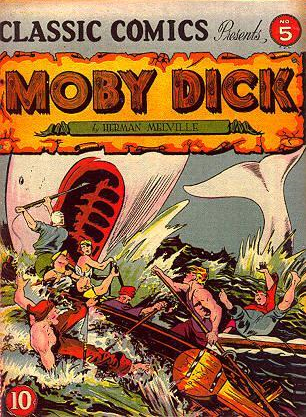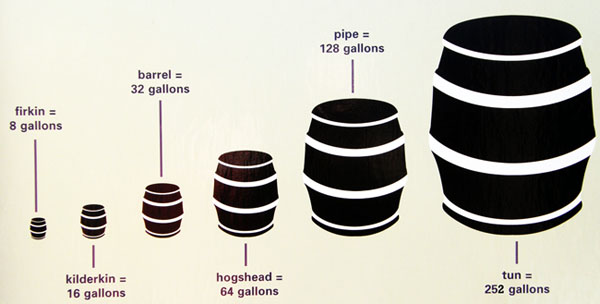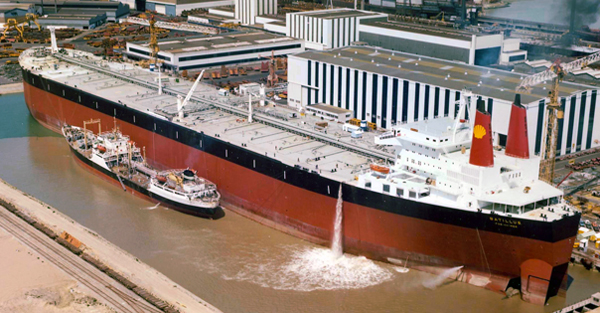What is a t-u-n?
 Today, what is a T-U-N? The University of Houston's College of Engineering presents this series about the machines that make our civilization run, and the people whose ingenuity created them.
Today, what is a T-U-N? The University of Houston's College of Engineering presents this series about the machines that make our civilization run, and the people whose ingenuity created them.
My Classic Comics version of Moby Dickcame out in 1942 and it cost me a dime. Comics were then forbidden fruit -- Batman or a classic -- it hardly mattered. That Moby Dick now sells for thousands of dollars. And one frame of its story sticks in my mind. A sailor, flensing a freshly caught whale, cries, "Into the tun you go." What in the world was a tun, spelled T-U-N? I went off puzzled.
Well, it's a very big barrel. To be precise, it's one that holds 252 gallons -- equal to six oil barrels. But tun was also used loosely. The Heidelberg Tun is a huge wine barrel in the cellar of Heidelberg castle. It holds 58,000 gallons.
The word tun echoes in our language as the T-O-N, ton -- no longer a unit of volume, but of weight. That's because it took 2100 pounds of water to fill an old tun. Our T-O-N ton is five percent less than that, and a metric T-O-N-N-E is five percent more.

Since I've mentioned Moby Dick, let's follow the tun back to ships. A ship's size can be reported either in length, or in one of several measures that take volume and weight to be interchangeable.
The historic measure of ship size was the number of T-U-N tuns for which it could be taxed. It was a crude measure of volume. Now a ship's tonnage is calculated by a variety of different formulas, none of which tell the true weight of the ship. Terms like gross register tonnage, net tonnage and more are all rough indications of a ship's volume, calculated in different ways. They still echo the old T-U-N tun.
So, how do we know how big a ship really is? Well, for that, we look at lightweight and deadweight tonnage. Lightweight is the actual weight of the vessel when it's completely unloaded. Deadweight tonnage is the weight of everything the ship carries -- cargo, fuel, passengers, stores ...
The largest ships ever built were supertankers. Today, all the existing single-hull supertankers have been scrapped or converted. While they carried oil, their deadweight tonnage ran to a half million tons. A new generation of double-hulled tankers is now poised to replace them. But, at this writing, container ships are the largest in service. They reach 150,000 deadweight tons. And, close on their heels, are big cruise ships.

The Batillus supertanker: 1976-1985: Once the world's largest ship as measured by deadweight tonnage (555,000 tonnes).
Behind all this is the strange way we mix up weight and volume. That's because we live and die by water. (Never mind that water in the ocean weighs three percent more than fresh water.) Think about the quart -- a volume of thirty-two fluid ounces. But a fluid ounce is the volume of an ounce of fresh water.
We once lived in world where weight and volume flowed together, and a world where a few percent didn't much matter. That was the world where a big barrel might be a T-U-N or a T-O-N -- an old world, where everything seemed to come back to an amount of water.
I'm John Lienhard at the University of Houston, where we're interested in the way inventive minds work.
Please see the Wikipedia pages on the various terms introduced here. See especially those for Tun and Tonnage. See also Episode 2126. Barrel diagram is signage for the Mayflower exhibit in Plymouth, MA. Thanks to Wikimedia Commons for the Batillus photo.
For more on Batillus class ships see Episode 2839